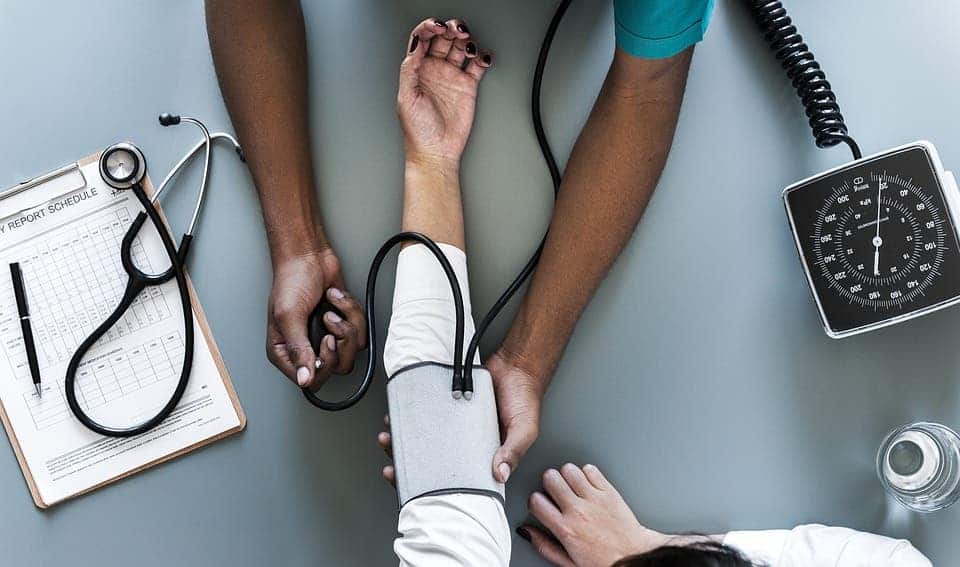Exercising could lower blood pressure in patients with hypertension by just as much as medication.

British researchers at the London School of Economics and Political Science combed through the results of more than 400 randomized clinical trials that assessed the effects of drugs or exercise had on blood pressure. The meta-analysis found that, overall, both types of interventions lowered blood pressure by approximately 9 mmHg (millimeters of mercury) in patients with high blood pressure.
All in all, the researchers analyzed data on 10,461 participants in exercise trials and 29,281 in medication trials. None of the studies, however, compared the effects of medication to exercise — that’s where this meta-analysis came in.
According to the results, medication was more effective than exercise at lowering systolic blood pressure — which measures the pressure in your blood vessels generated by your beating heart — in participants with normal, elevated, and high blood pressure. But, when the British researchers zoomed in on a sub-group of patients who had hypertension (140 mmHg or higher), they found that exercise was just as effective as a medicine.
All types of exercise, including cardio and strength training, offer a benefit for patients dealing with hypertension, even at a lower intensity. However, people 55 and older see fewer benefits from exercising because their arteries get stiffer with age.
The authors hope that their results renew interest in finding new strategies for promoting exercise. The researchers say that physicians ought to suggest an exercise regime for their patients, perhaps alongside medication. For some patients, if the exercise lowers blood pressure enough, they would then be able to cut down on some of their medication.
But even if exercising doesn’t lower your blood pressure enough to take you off medication, there are other upsides that make it worth it anyway. This includes weight loss, loss of visceral belly fat, improved mood and cognitive health, protection against stroke, and other cardiovascular problems, and the list could go on.
The findings appeared in the British Journal of Sports Medicine.






